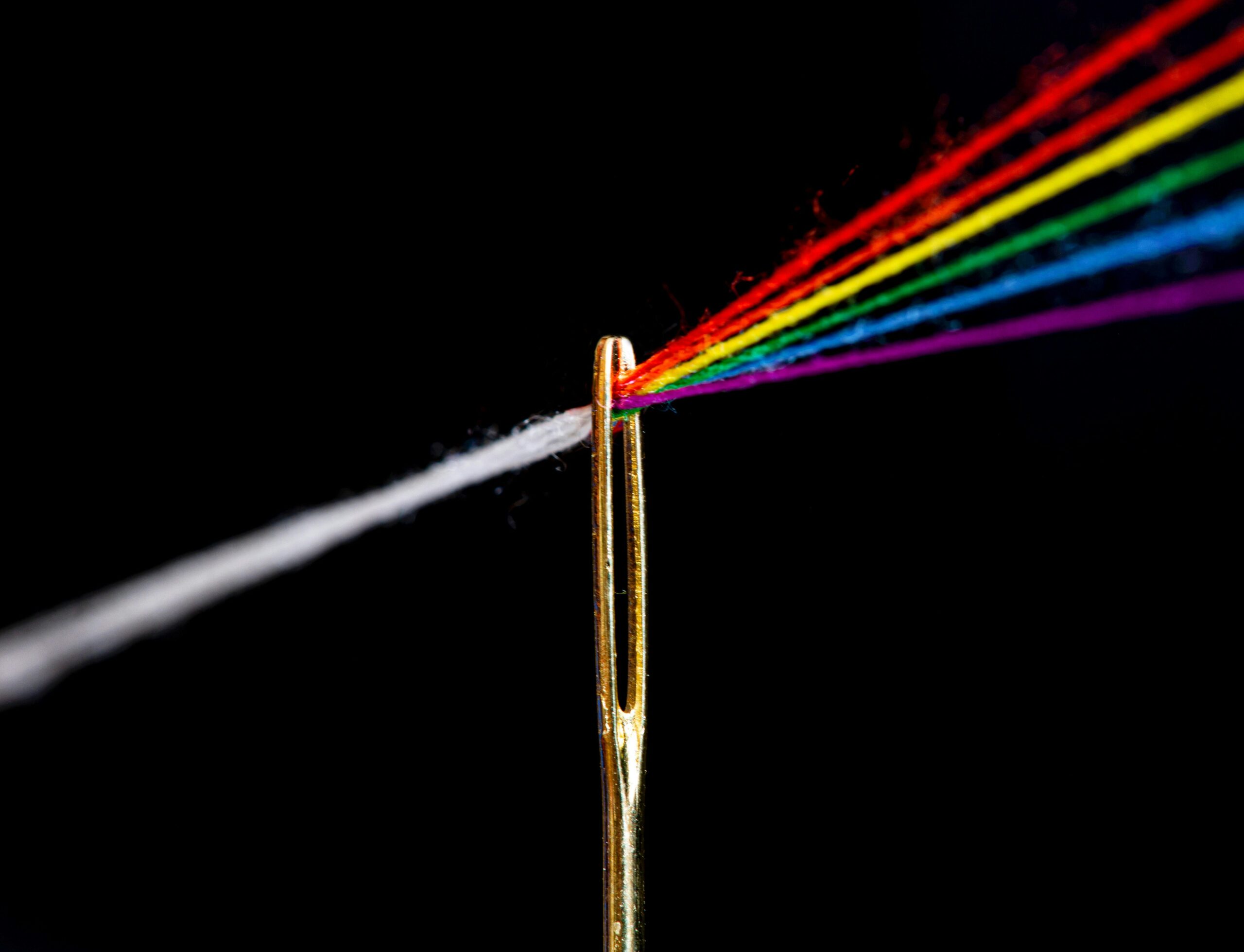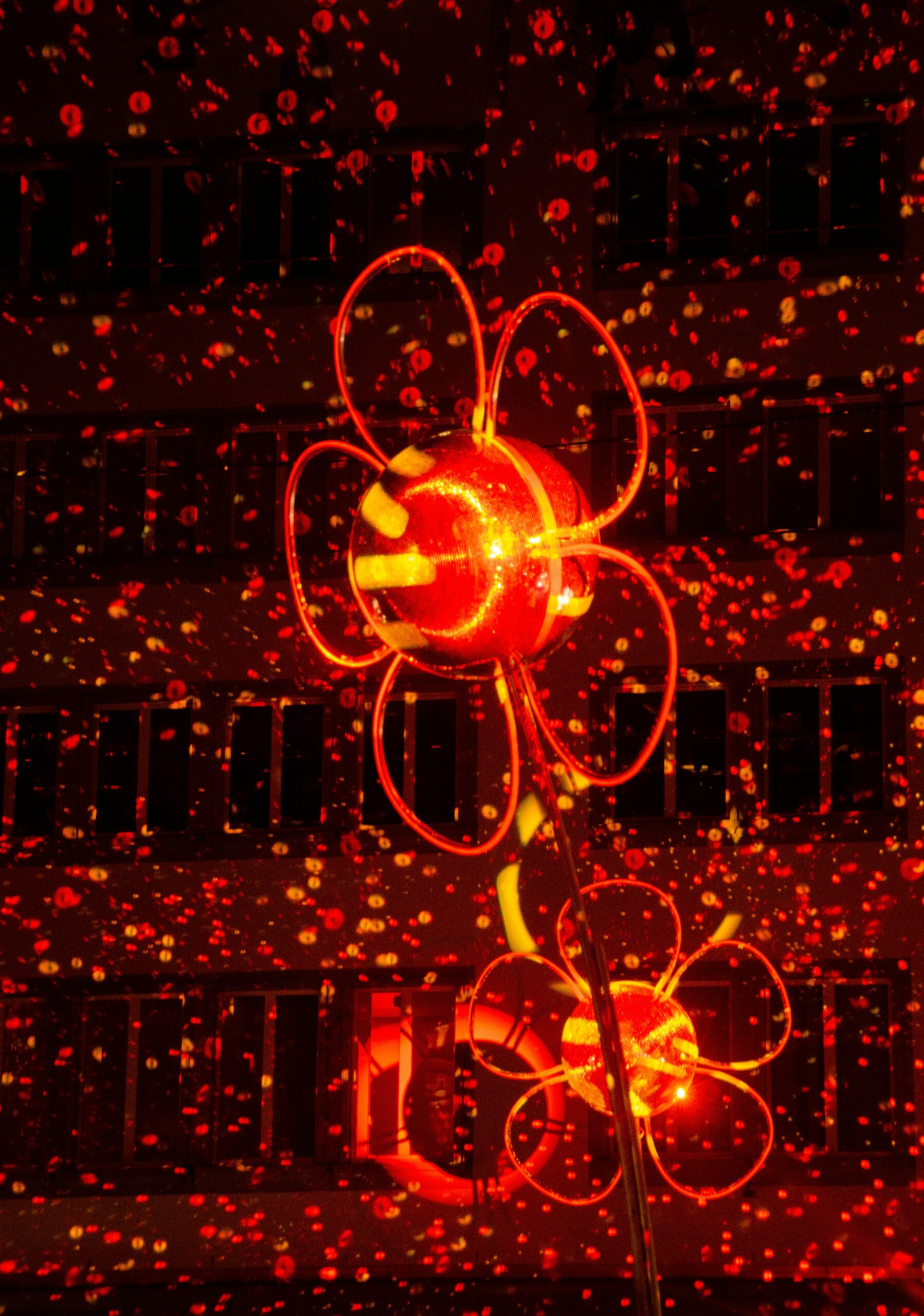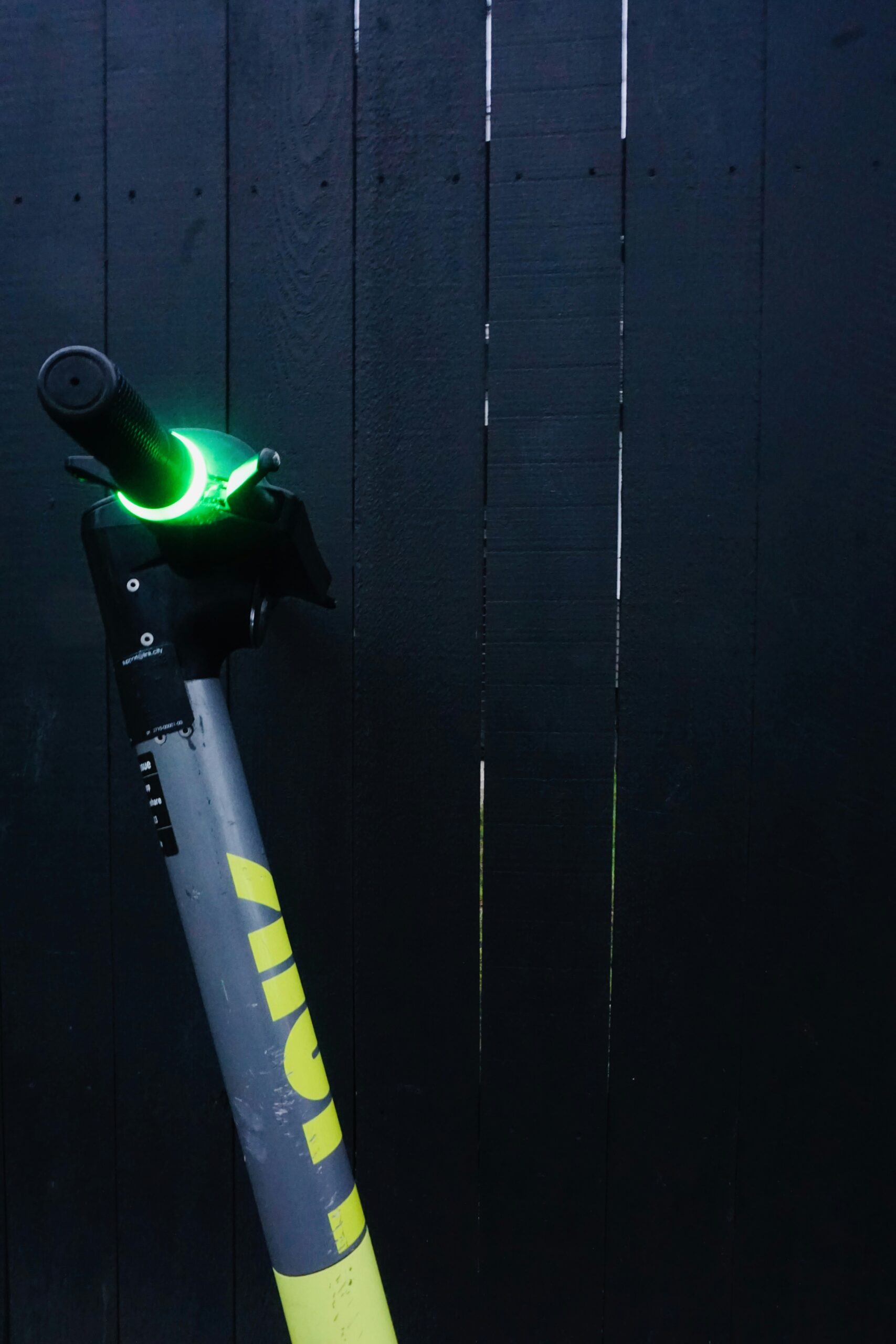In the fascinating world of firearms and precision aiming devices, laser sights have become a must-have accessory for many enthusiasts and professionals alike. You’ll be intrigued to learn how these devices project a focused beam of light onto your target, helping you aim with greater accuracy and confidence. By understanding the technology behind laser sights—which includes laser diodes, lenses, and sophisticated circuitry—you’ll gain a deeper appreciation for how they work to enhance your shooting experience. Have you ever wondered how laser sights work?
Well, you’re not alone! Laser sights have become increasingly popular in recent years, both among enthusiasts and professionals alike. Whether you’re new to the concept or just looking to deepen your understanding, you’ve come to the right place. Let’s break down the fascinating world of laser sights in a friendly, easy-to-understand way.

What Are Laser Sights?
Let’s start with the basics. A laser sight is a device that’s attached to a firearm to help improve aiming precision. Unlike traditional iron sights, which rely on aligning mechanical notches and posts, laser sights project a laser beam onto the target.
History of Laser Sights
Laser sights have come a long way since their inception. They first emerged in the 1970s and have evolved tremendously since then. Early models were bulky and cumbersome, making them less practical for widespread use. However, advancements in technology and materials have resulted in compact and reliable laser sights available today.
Types of Laser Sights
Here are some common types of laser sights you’ll encounter:
| Type | Description |
|---|---|
| Red Laser | Most common type, effective indoors and in low-light conditions. |
| Green Laser | More visible in daylight, but typically consume more battery power. |
| Infrared (IR) | Used with night vision equipment, invisible to the naked eye. |
How Do Laser Sights Work?
The science behind laser sights is pretty fascinating. Essentially, they produce a focused beam of light that’s emitted in a straight line. Here’s a closer look:
The Laser Diode
The core component of any laser sight is the laser diode. This tiny electronic device generates the laser beam. When electricity is supplied to the diode, it excites the atoms within, causing them to emit photons (light particles). These photons are focused through a lens to create a narrow, coherent beam of light.
Power Source
Laser sights require power to operate, most commonly provided by batteries. Depending on the design, the battery type and lifespan can vary. For instance, many compact models use small button cells, while larger tactical sights may use AA or CR123A batteries.
Beam Focusing
The beam produced by the diode isn’t inherently focused. It’s the job of the optical lens to refine it into a precise, straight beam. This focused beam is what ultimately helps you aim your firearm more accurately.
Mounting Mechanisms
How do you attach a laser sight to your firearm, you ask? Laser sights can be mounted in several ways depending on the firearm and the sight design:
- Rail Mounts: Many modern firearms come with Picatinny or Weaver rails, making it easy to attach laser sights.
- Trigger Guard Mounts: Some laser sights are designed to attach around or in front of the trigger guard.
- Grip Replacement: Certain models involve replacing the firearm’s grip with one that has a built-in laser module.
Advantages of Using Laser Sights
Why would you invest in a laser sight? Here are some compelling reasons:
Improved Accuracy
The most obvious advantage is improved accuracy. The laser dot provides a clear and immediate point of reference, allowing you to align your shot more effectively and quickly.
Faster Target Acquisition
In high-stress situations, every second counts. Laser sights enable quicker target acquisition because you don’t need to align traditional sights with your eyes. Just place the dot on the target and you’re good to go.
Enhanced Training
Laser sights can be a valuable training tool, helping shooters understand and correct errors in their aim and grip. Many laser training systems are designed to help you practice in both live-fire and dry-fire scenarios.
Disadvantages of Using Laser Sights
Every rose has its thorn, right? Here are some potential downsides to using laser sights:
Battery Dependence
Laser sights rely on batteries, which means they can fail when you need them most. It’s essential to monitor battery life and carry spares.
Potential Overreliance
While laser sights are fantastic tools, relying solely on them can be a crutch. It’s crucial to maintain proficiency with traditional sights to ensure versatility and preparedness in various shooting scenarios.

How to Choose the Right Laser Sight for You
Given the variety of options, how do you choose the laser sight that best suits your needs? Here’s a handy guide:
Purpose
Consider what you’ll primarily be using the laser sight for. Are you a competitive shooter, a law enforcement officer, or a civilian interested in self-defense? Each application might benefit from different types of laser sights.
Budget
Prices can range widely based on the brand, type, and features. Set a budget that aligns with your needs and research models within that range.
Compatibility
Ensure the laser sight is compatible with your firearm. Check the mount type, size, and shape to make sure it fits correctly.
Visibility
Think about where and when you’ll be using your laser sight. If you primarily need it for daytime use, a green laser might be worth the extra investment due to its superior visibility in bright conditions.
Installation and Maintenance Tips
To get the best performance from your laser sight, correct installation and regular maintenance are key. Here’s how to get started:
Installation
- Read the Manual: Before anything else, read the manufacturer’s instructions carefully. Each model has specific installation guidelines.
- Check the Fit: Verify that the sight mounts securely to your firearm. Loose or improper mounting can affect accuracy.
- Align the Beam: Once installed, take the time to align the laser beam with your firearm’s point of impact. This process, known as zeroing, ensures that the laser points exactly where the bullet will hit.
Maintenance
- Battery Care: Regularly check and replace the batteries. Keep spare batteries handy to avoid power failure at critical moments.
- Lens Cleaning: Dirt or smudges on the lens can diffuse the laser beam, reducing its brightness and effectiveness. Use a soft cloth and lens cleaner for maintenance.
- Regular Checks: Periodically inspect the sight for wear and damage. Make sure all screws and mounts are secure.

Practical Uses of Laser Sights
Laser sights have a plethora of practical uses, making them versatile tools in various scenarios.
Law Enforcement
Laser sights enhance the capabilities of law enforcement officers by providing immediate visual confirmation of where their firearm is aimed. This can be critical in high-stress situations, helping to ensure accuracy and potentially de-escalate conflicts.
Self-Defense
For civilians, laser sights are invaluable in self-defense scenarios. When every moment counts, the ability to quickly acquire a target can make all the difference. Moreover, the visible laser can serve as a deterrent, potentially warding off a threat before a shot is fired.
Competitive Shooting
In competitive shooting sports, laser sights can help shooters achieve that crucial edge in accuracy and speed. Whether it’s in USPSA, IDPA, or 3-Gun competitions, better precision translates to better performance.
Hunting
For hunters, particularly those targeting small or rapid-moving game, laser sights offer improved accuracy in low-light conditions. Combined with a scope, a laser sight can make those challenging twilight shots far more feasible.
The Future of Laser Sights
Looking ahead, the future of laser sights is quite promising. Advances in technology are set to make these devices even more effective and user-friendly.
Emerging Technologies
We’re seeing the development of advanced materials and more efficient power sources, leading to lighter, more compact, and longer-lasting laser sights. There are also innovations in beam visibility, making lasers easier to see in various lighting conditions while consuming less power.
Integration with Smart Technology
We’re in an age where smart technology permeates many aspects of our lives, and firearms are no exception. Future laser sights could feature integration with smart systems in firearms, offering benefits like automatic zeroing and data tracking for training purposes.
Improved Durability
Durability improvements are also on the horizon. Future laser sights will likely be even more rugged, capable of withstanding harsher conditions and delivering consistent performance, making them more reliable tools for professionals and enthusiasts alike.
Common Questions About Laser Sights
To wrap things up, let’s tackle some frequently asked questions about laser sights:
Are laser sights legal?
Yes, but regulations can vary. In many places, laser sights are legal to purchase and own. However, use in hunting, competitions, or self-defense may be subject to specific rules and regulations. Always check your local laws.
Do laser sights affect shooting performance?
Yes, but generally in a positive way. They can significantly improve accuracy and speed, although it’s essential to practice to avoid becoming overly dependent on them.
Can the laser dot be seen by others?
The visibility of the laser dot depends on several factors, such as the color of the laser, ambient light conditions, and the distance to the target. While the dot is primarily meant for the shooter, observers can often see it, especially in low-light conditions.
Are green lasers better than red lasers?
Green lasers are typically more visible in a broader range of lighting conditions, making them preferable for daylight use. However, they also tend to be more expensive and consume more battery power.
Can I use a laser sight with any firearm?
Laser sights are versatile, but not universally compatible with all firearms. It’s essential to choose a model that matches your specific firearm in terms of size, mounting options, and design.
Conclusion
And there you have it! Hopefully, this deep dive into the world of laser sights has answered your questions and provided valuable insights into how these handy devices work. Whether you’re considering getting one for your firearm or just curious about the technology, understanding the mechanics, advantages, and considerations involved is always a smart move. Laser sights can significantly enhance your shooting experience, offering increased accuracy, faster target acquisition, and valuable training benefits. So, the next time you see that little red (or green) dot, you’ll know exactly what makes it tick. Happy shooting, and stay safe out there!
